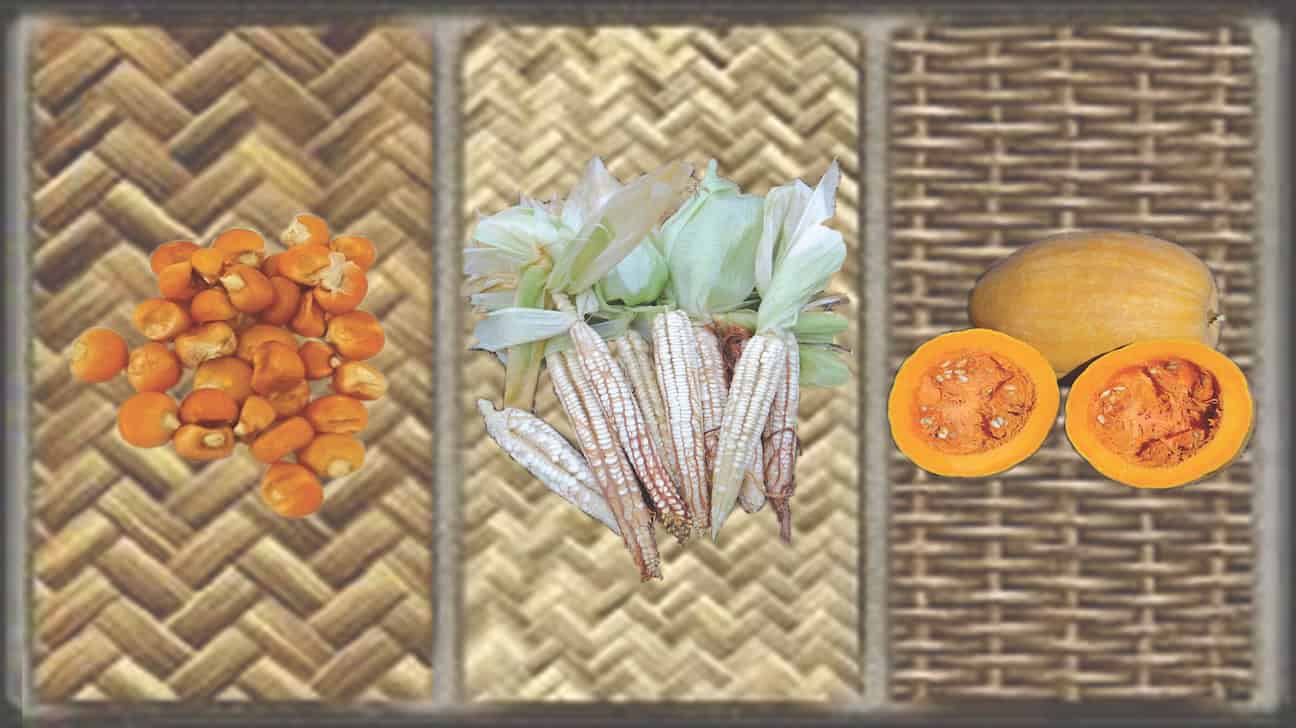
Preservation and Remembrance Choctaw Heirloom Seeds
Iti FabvssaPublished April 1, 2015From providing oxygen to giving us food, plants are critical for our survival. Over the last few thousand years, people around the world have developed an extremely wide diversity of domesticated plants for use as food. Unfortunately, each year this diversity is now decreasing as societies industrialize, globalize, and stop planting the seeds that their grandparents planted. The loss is a tragedy, not only because of the cultural richness that is disappearing, but also because some of these diverse plants may have been able to help people deal with emerging issues like climate change and new diseases. Over many generations, Choctaw ancestors developed unique varieties of corn, beans, pumpkin, and other plants. During the last century, as “western” crop varieties have been developed and as fewer and fewer Choctaw families grow their own food, these Choctaw heirloom plants have also been disappearing. The loss to Choctaw communities’ traditional foods and nutrition is unmeasurable.
Over the last several years, the Choctaw Nation Historic Preservation Department has been working with community members and a variety of other people, to try to get accurate descriptions of what the different heirloom Choctaw plants look like, and to track down heirloom Choctaw seeds before they are forever lost. The ultimate hope is to keep heirloom Choctaw varieties from disappearing and to develop a seed bank that could one day distribute seeds for heirloom Choctaw plants out to Choctaw tribal members who would like to grow them in their gardens.
What has been saved:
- Tanchi Tohbi – a white corn that Choctaw people used for making cornmeal and grits. This is the corn that Banaha bread was originally made from.
- Tanchi Hlimishko – A yellow flint corn has been found that matches the description of the variety used by Choctaw people to make hominy dishes like Tanchi Labona.
Isito –The Choctaw Sweet Potato Squash is a variety of pumpkin that grows as large as 30 pounds, will keep for up to nine months indoors, and has a very sweet taste.
Tobi – The Choctaw Wax Bean, is a variety that became popular in the 1950s. Currently, we do not know if it is a bean that was grown by Choctaw ancestors or if it is simply a modern variety that was named after the Choctaw people. Europeans brought field peas (black eyed peas, purple hulls, etc.) into the southeastern United States. Currently, we have “Smith Peas,” a small, green variety of field pea, brought out of Mississippi by a Choctaw family in the 1800s. We also have seeds from several other plants grown or collected by Choctaw ancestors for food including, Lambsquarter, Jerusalem artichoke, and little barley.
What we are still looking for:
- Tanchi Bokanli – A Choctaw popcorn, or a flint corn, with small kernels. Choctaw elders who remember it say that the kernels were red or white.
- Tanchushi – A small variety of Choctaw corn that produced mature ears in just eight weeks after being planted. We currently do not know what color it was.
- Tobi – Choctaws once grew a wide variety of beans. Currently, we only have the one bean variety that may or may not really be Choctaw.
- Isito – Choctaws originally grew several varieties of pumpkin / winter squash, including one variety of pumpkin that was small and grey, and one variety of crook-necked winter squash.
Currently, the Choctaw Historic Preservation Department has seeds only for the Choctaw sweet potato squash available for distribution. If you are Choctaw and would like some of these seeds, please contact us at the number below. Supplies are very limited, and the seed will be distributed on a firstcome, first-serve basis.




